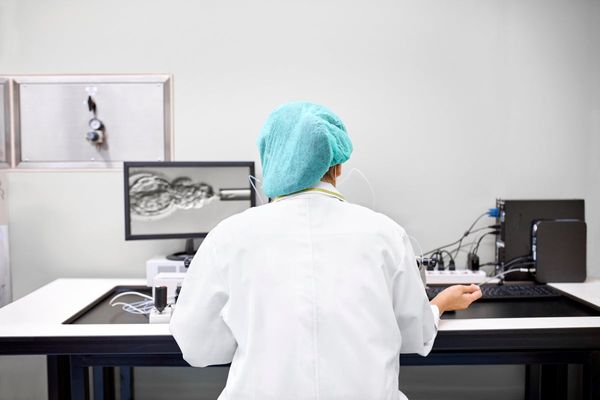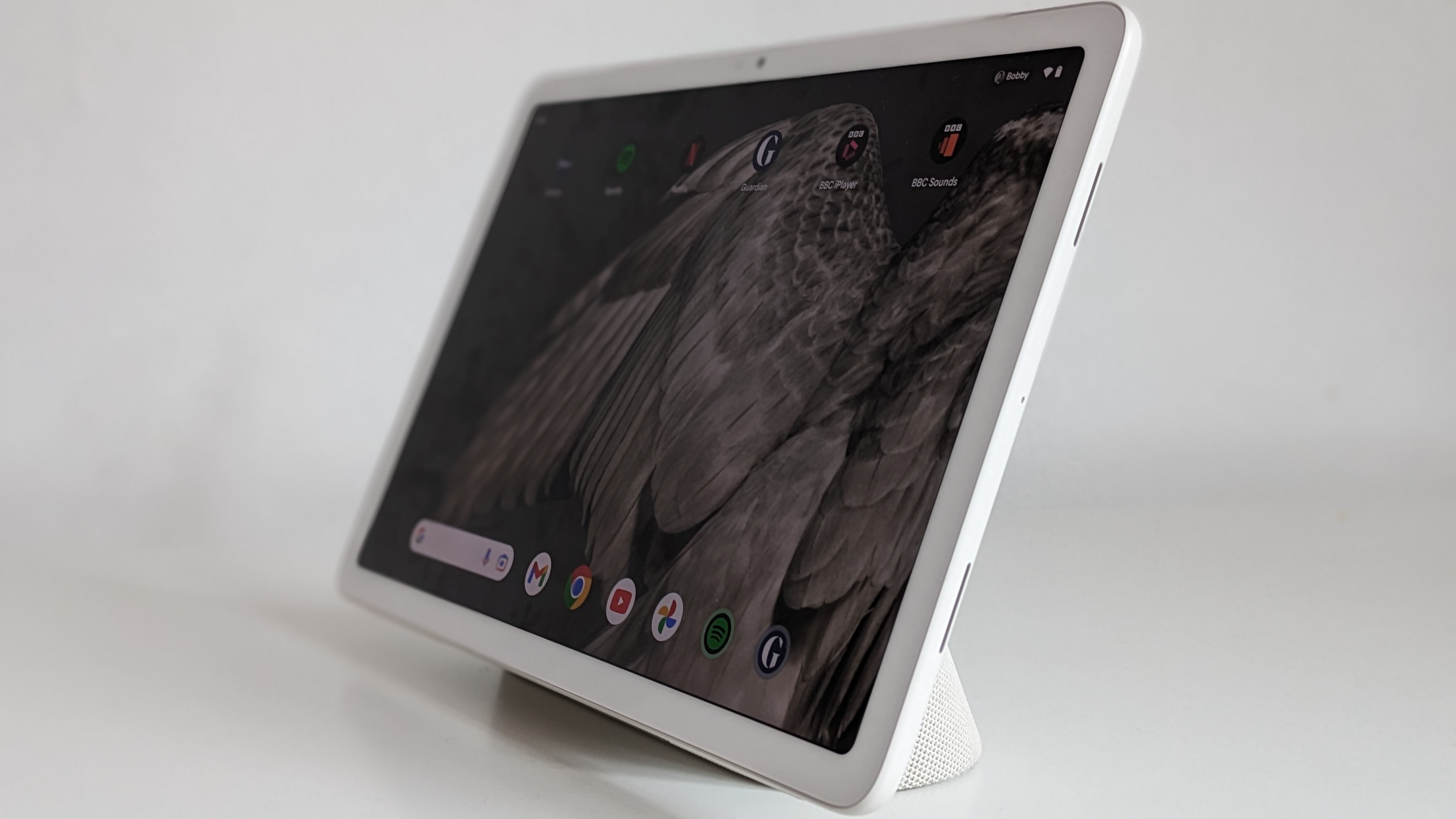
There’s more to the Google Pixel Tablet than its name suggests. It comes with a stand that doubles as a charging dock and a speaker to create an entirely different product offering. It is surprisingly good, so much so, you have very little reason to take the tablet portion off.
Really, this is a smart hub. And under this definition, Google may have hit gold because there really isn’t much else on the market that offers a straight comparison here. You’d have to sellotape your Amazon Echo to an iPad to find something similar, but that wouldn’t give you any of the innovative software of Google’s Pixel brand.
Specifications
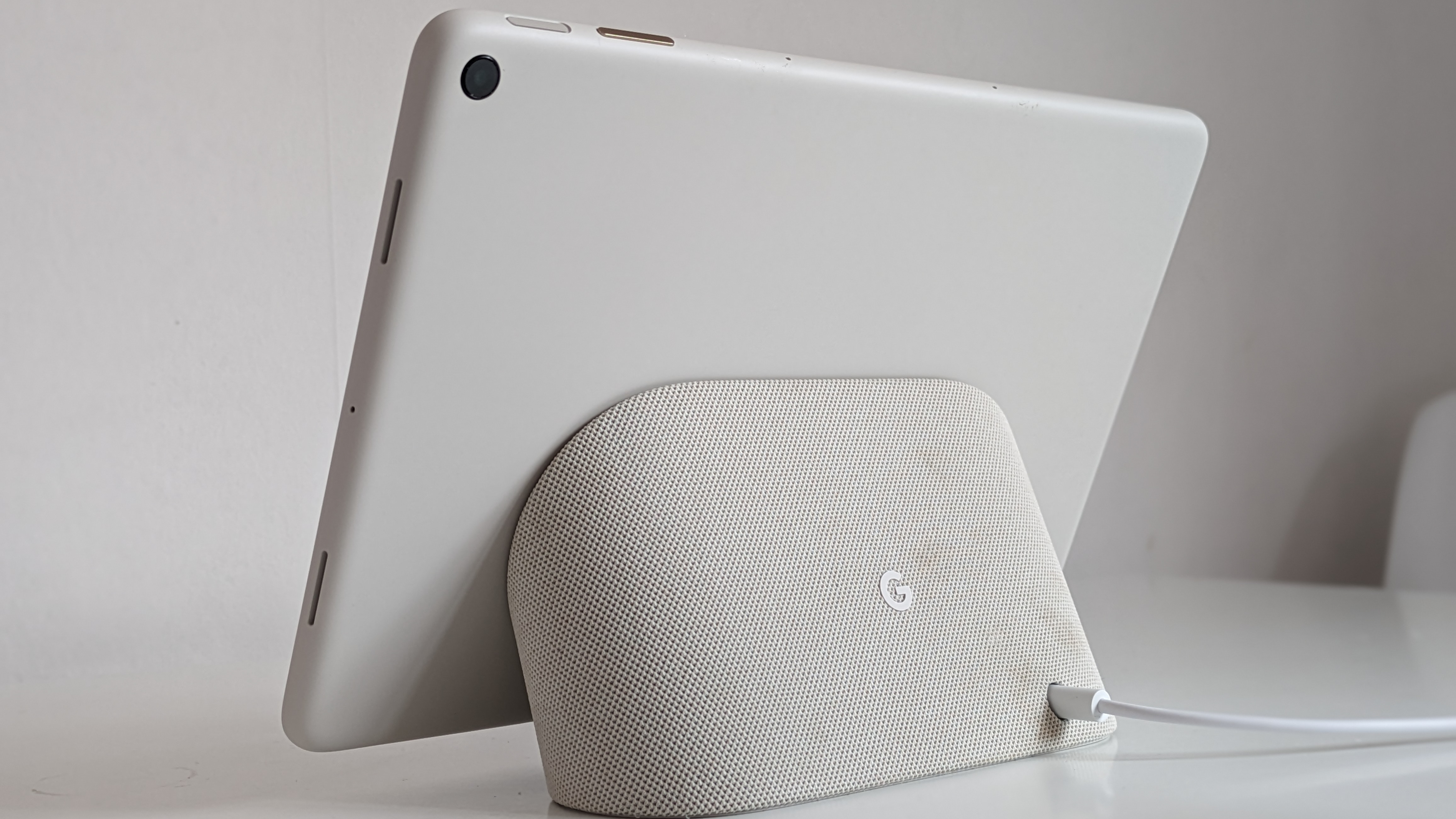
Display - 10.95in touchscreen LCD, 2560 x 1600, 276 pixels per inch density
Dimensions (WHD) - 258 x 169 x 8.1mm
Weight - 493g
RAM - 8GB
Storage - 128GB or 256GB UFS 3.1 storage
Processor - Google Tensor G2
Operating system - Android 13
Front camera - 8 MP, ƒ/2.0 aperture
Rear camera - 8 MP, ƒ/2.0 aperture
Dimensions - 258 x 169 x 8.1mm
Weight - 493g
Price: $499/£599 – includes charging dock and power cable
Design
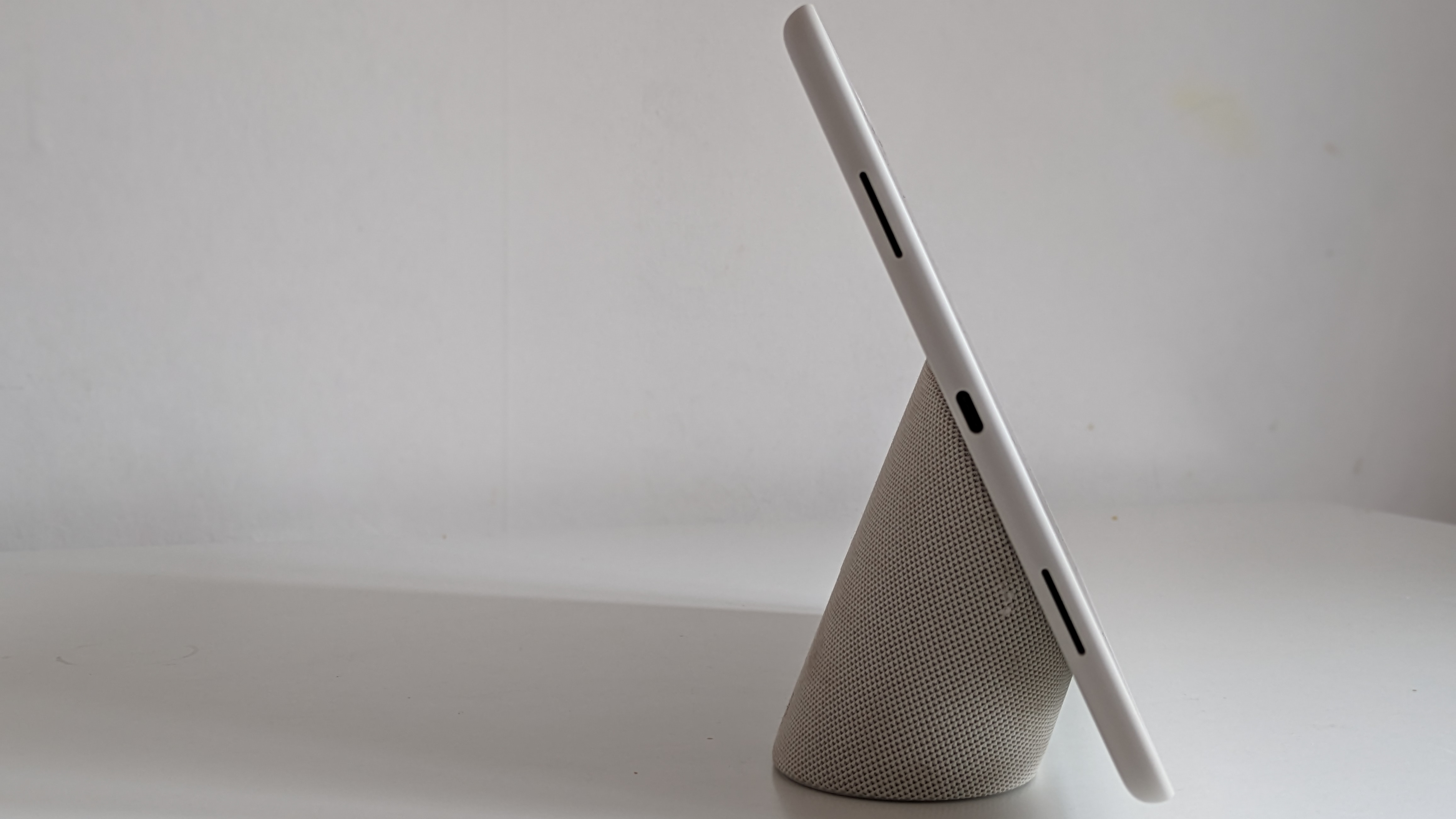
Starting with the design, it does appear that Google has found a style it likes, one that’s also easily identifiable. The Pixel Tablet is a neat and tidy affair, made from recycled aluminum and glass, with many of the same touches found on the Pixel 7. With the simplistic ‘G’ logo on the back, the calm pastel shades, and even the ‘Material You’ Android interface, this is unmistakably a Pixel device. If there is one fault to its design, it’s the very iPad-style screen bezels that lack a little originality and also slightly sullies some of that great work on the rest of the device.
The docking station (or stand/speaker) is brilliant. Amazingly, no one has come up with this idea before, and it does now raise the question of why bother buying a smart speaker when it can come as part of a tablet (RIP Google Nest). The accompanying speaker – which is included in the price – is arguably the best thing about it in both looks and function. It includes a power cable and you can place this somewhere centrally, such as the living room, or the kitchen, and it works well as a smart speaker. I found it to be much easier to open apps, such as Spotify, with ‘Hey Google’ than you find with Alexa, though there were occasional moments it couldn’t hear my commands.
The tablet portion connects to the top via ‘pogo pin’ magnets that also charge the device so it really shouldn’t ever be out of power. It’s also slanted; the tablet will sit on the stand at a decent viewing angle, making it a smart screen. The always-on display can also be set up to showcase your best pictures, provided they’re saved in Google Photos – I couldn’t get it to show images saved in Google Drive, though.
The 11in LCD touchscreen display is crisp and bright with a 2560 x 1600 resolution and 276-pixel density. The refresh rate is only 60Hz, which is a little disappointing, but it still presents smoothly enough for social media and web browsing. Sadly, as an LCD display, it does lack those real punchy colours one would find on an OLED screen which most Samsung Galaxy tablets sport. However, there is enough quality here to please the average user. It isn’t going to offer a suitable experience for editing software, like Adobe, or any illustration apps, but for Netflix or video calls, it's perfectly fine.
Camera and photography
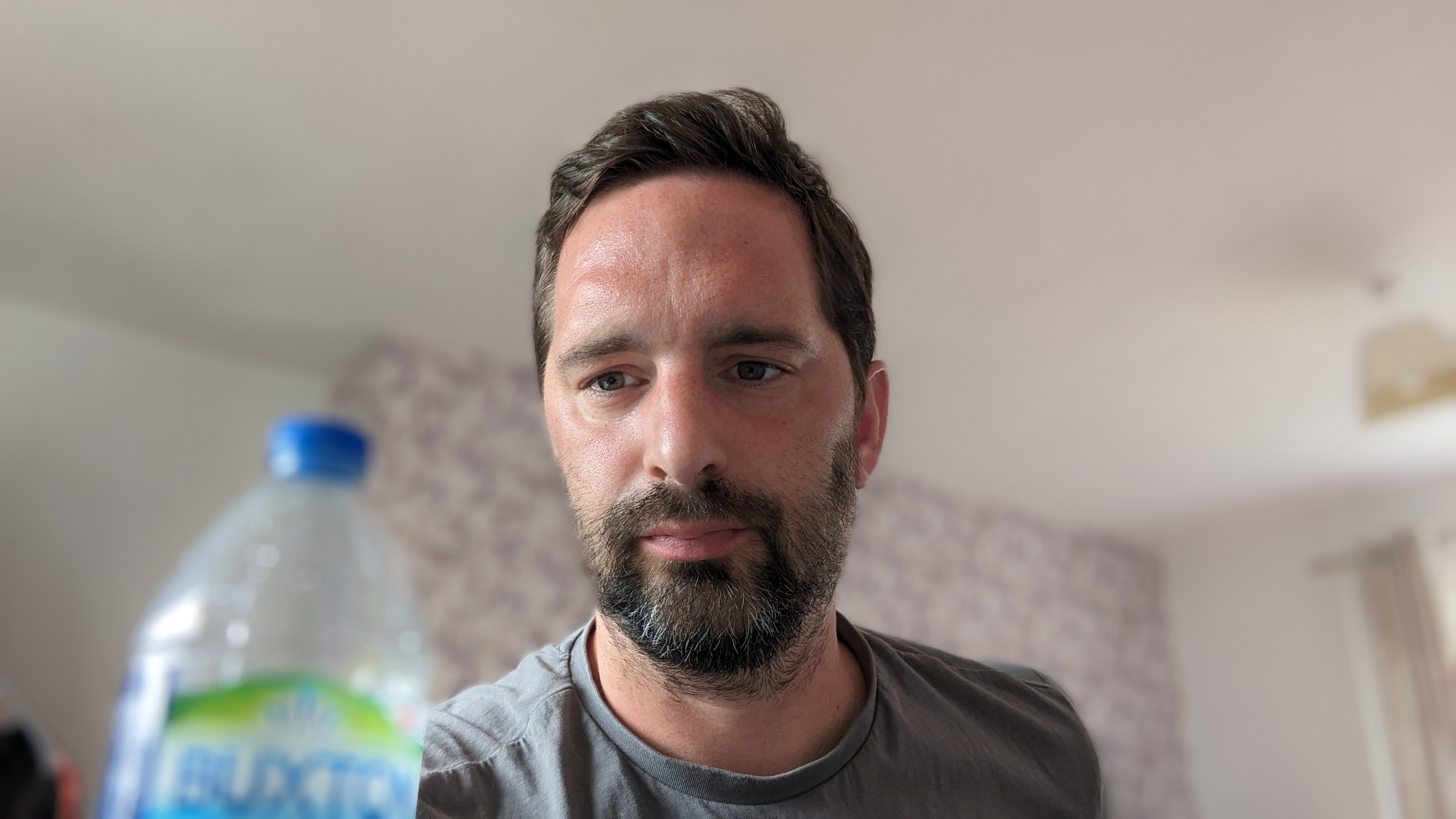
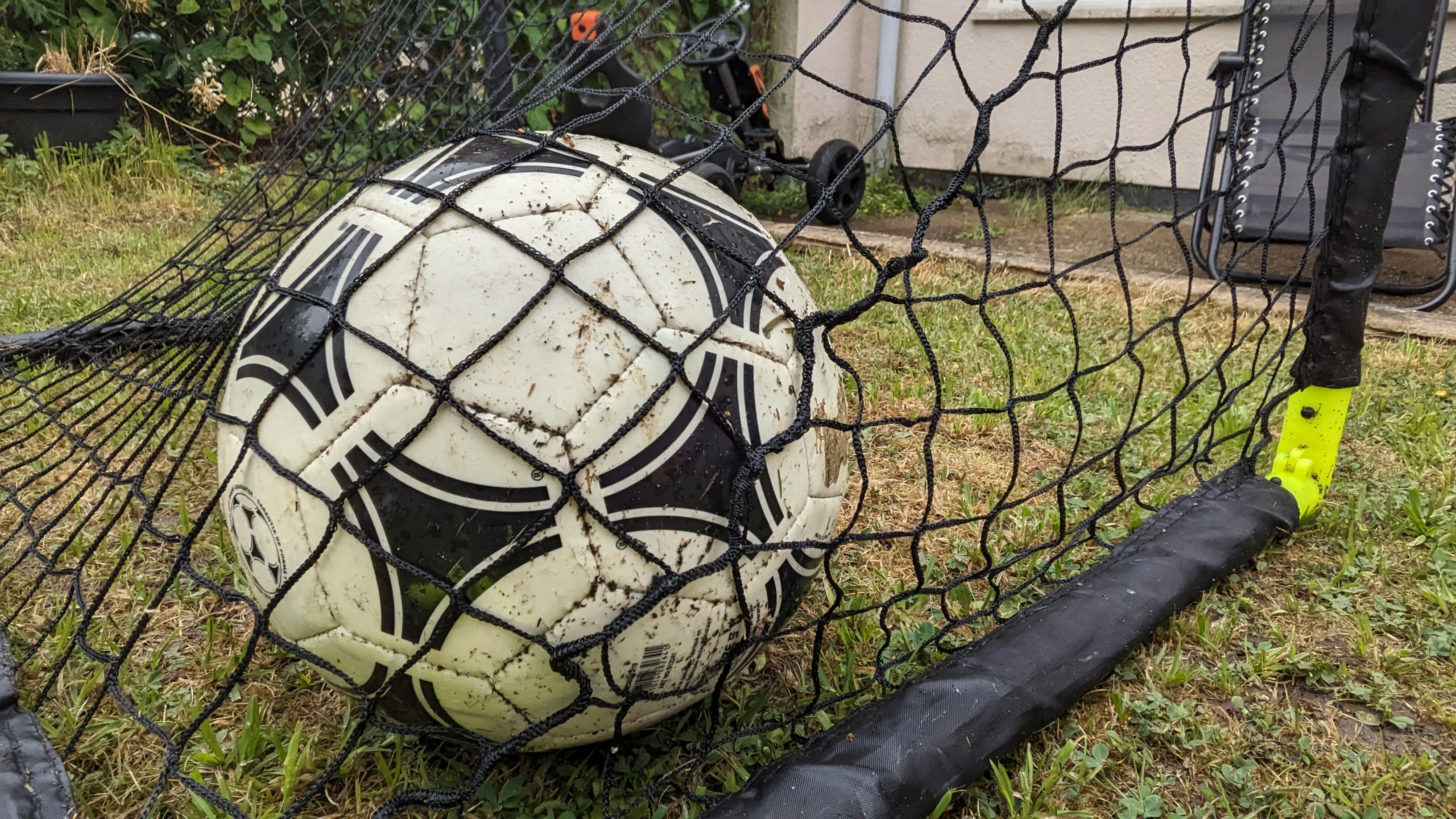
There are just two 8MP lenses on the Pixel Tablet (front and rear) and if you’re expecting the same innovative experience found on the Pixel smartphones, you may be a little disappointed. Images come out crisp with colors grounded in reality, but the options for shot selection and editing are limited.
Portrait mode, for example, can only be used with the front-facing lens so every picture you take with that lens will have the bokeh effect. The rear lens only offers wide shots which are admittedly nice for landscape photos. And there are fewer options for video capture with just standard and time laps, which means there’s no fun with slow motion. What the Pixel Tablets camera system can do is good, but you will feel there were too many things it wasn’t able to do.
Editing tools are good, however, as you can enhance images with a range of filters, change their aspect ratio and also delete unwanted objects with the Magic Eraser. There are also advanced controls for changing contrast, shadows and saturation, and so on. However, it does lack many of the little extras found on the Pixel 7, such as the unblur tool. So you need to get your shots in focus the first time.
Performance
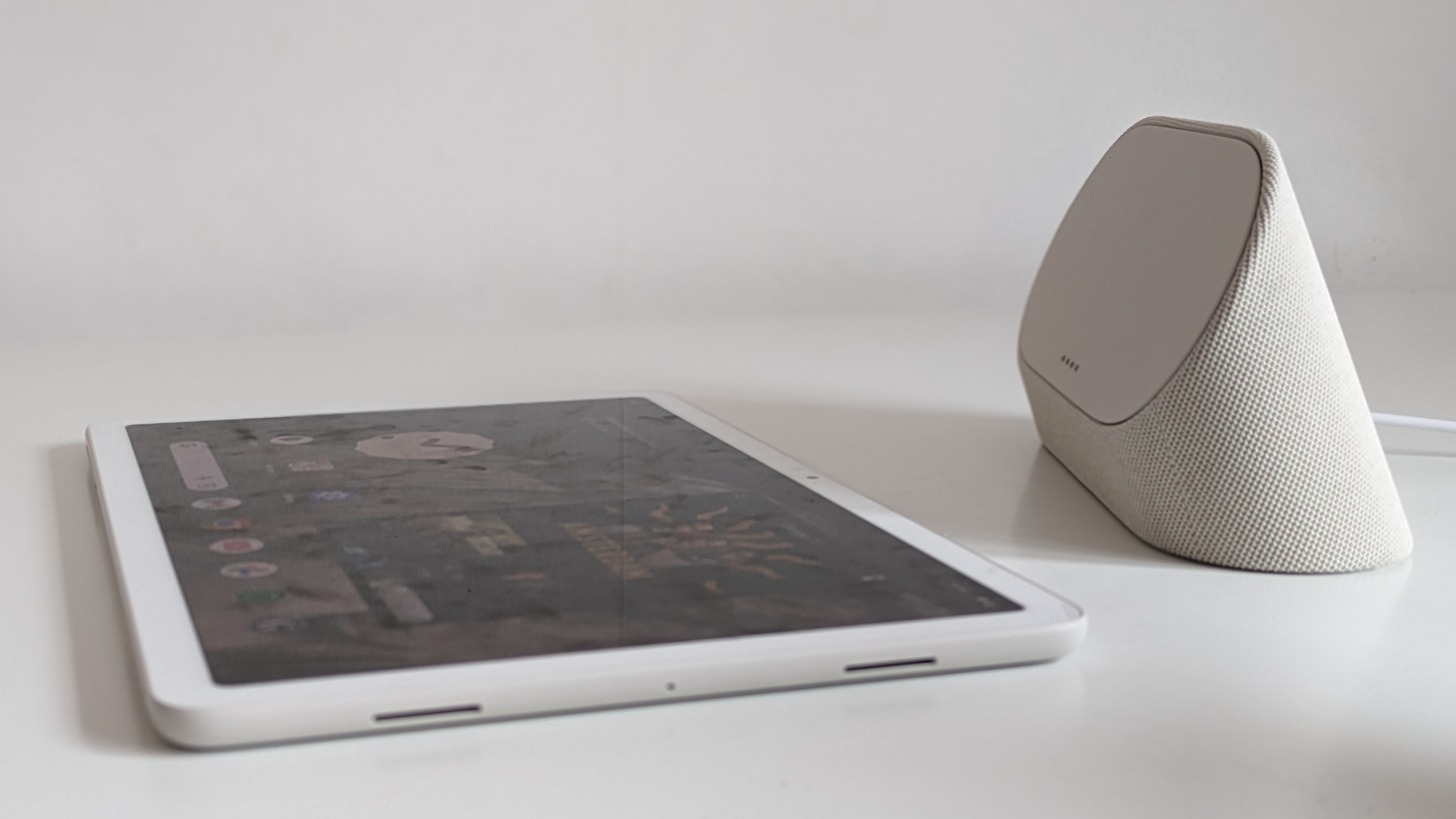
Having silicon developed in-house is clearly working wonders for Google, allowing the company to really showcase its innovative software. The Pixel Tablet features a Tensor G2 processor, the same chip found in the Pixel 7 and 7a smartphones, which enables the device to run a breadth of machine-learning functions from camera enhancements to battery-saving capabilities.
Scores are not always amazing here; where Apple and its Bionic chip might blow the competition away in Geekbench, the Tensor chip is a little more modest in its benchmarks. However, it is tailored to its host device so well that the user experience is as good as any smartphone or tablet. Multiple tabs, apps, and intensive gaming, it prioritizes power to where it needs it, so everything is handled with ease.
What’s more, you can also set up multiple user accounts on the Pixel. My four-person household was simple to set up and it even allows me to add profiles for my children sans a Google account. You can set all your parental controls from the get-go and there is a raft of games and apps tailored for small ones – no panic about what they’re watching on YouTube.
Unfortunately, the fingerprint sensor is Google’s weak point. It isn’t as poor as one finds on its smartphones, but it still doesn’t quite work as seamlessly as it probably could. Here it is embedded into the power button where it can take multiple attempts to work.
Battery life was long; admittedly, the stand gives the impression that this is a tablet unlikely to leave the home and correct use means putting it back on the plugged-in dock when not in use. There is also an argument for never taking it off the dock, provided it is in a suitable place. However, I did spend a day with just the tablet and it lasted for almost 14hrs with moderate use, which included streaming a few episodes of TV, a video call, and hours of web and social media scrolling.
The stand being a dock and speaker is just a brilliant idea, which almost makes up for the fact that there is no keyboard or stylus (it supports USI 2.0 stylus pens but doesn’t include one). I couldn’t directly do much work on the Pixel Tablet, but it was still a nice addition to my home office setup. You can obviously make video calls and tweak or edit Google Docs or Sheets, but it has a clearer use case as a media hub.
Verdict
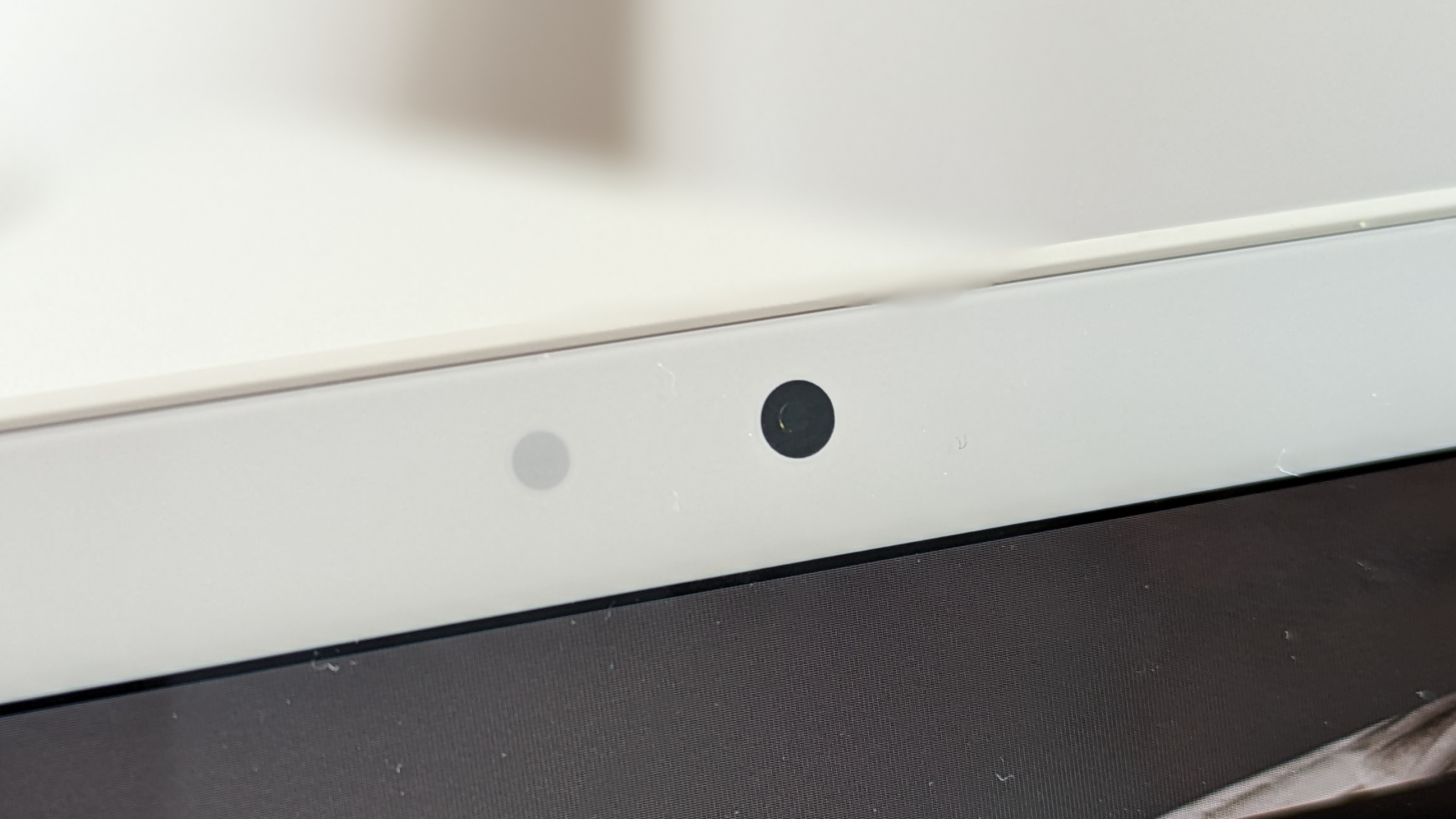
It is hard not to love the Pixel Tablet, though the majority of the praise should actually go to the combination of tablet and speaker dock. While ordinary tablets just sit idle on the shelf, the Pixel becomes so much more while it rests on its stand. Smart display, smart speaker, smart hub, it does all that, and more.
The only issue I can really point to is that the stand only works while plugged in, which is OK, that is the only way to charge it, but that also means the speaker stops working when you remove the charger. The tablet's in-built speakers are nowhere near as loud or crisp, so this is something that would be a good improvement for the next iteration.
My only other problem was working out exactly where in the home the Pixel Tablet is best suited, mainly because it’s so dam useful in a range of places. I used it in the kitchen and it was superb, I had it in the living room as a central hub and my kids fought over it, and in the evening, it streamed movies till I fell asleep. I would seriously consider getting one for each room of the house.




